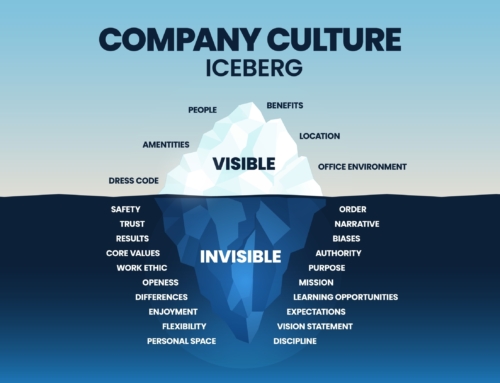The current economic climate has caused many companies to face difficult decisions about their workforce. With the need to innovate, redirect to keep ahead of technology, reduce costs and streamline operations, some organizations have opted for the “fire and rehire” approach, which involves terminating existing employees and then hiring new ones with skills sets more aligned to the strategic direction of the company. However, this approach can have negative consequences for both employees and companies in the long run.
An alternative approach is to focus on retaining and retraining existing employees. This involves investing in the skills and development of current staff, rather than simply replacing them. There are several benefits to this approach, both for individual employees and for companies as a whole.
Firstly, retaining and retraining employees helps to maintain a skilled and experienced workforce. When employees are trained in new skills or given opportunities to upskill, they become more valuable to the company. They can take on new responsibilities, work on more complex projects, and contribute to the company’s growth and success. In contrast, fire and rehire can result in the loss of valuable knowledge and experience, as well as a decrease in morale and motivation among the remaining staff.
Secondly, retaining and retraining employees can improve staff retention and reduce the costs associated with high turnover rates. When employees feel valued and supported, they are more likely to remain loyal to their employer. This, in turn, reduces the need for costly recruitment and training processes, and can save companies a significant amount of time and money in the long run.
Thirdly, retaining and retraining employees can improve the overall performance of the company. When employees are trained in new skills or given the opportunity to develop their existing skills, they become more productive and effective in their roles. This can lead to improved efficiency, increased innovation, and better customer service. In contrast, fire and rehire can result in a loss of productivity and a period of disruption as new employees are brought up to speed.
Finally, retaining and retraining employees can have a positive impact on the company’s reputation. When employees feel valued and supported, they are more likely to speak positively about their employer to others. This can help to attract new talent, as well as customers and clients who value ethical and responsible business practices.
In conclusion, while fire and rehire may seem like a quick fix to drive innovation, retaining and retraining employees can provide numerous long-term benefits for both individuals and companies. By investing in the skills and development of current staff, companies can maintain a skilled and experienced workforce, improve staff retention and performance, and enhance their reputation. Ultimately, this can lead to a more successful and sustainable business model.
For more information on how you can retain and retain your employees contact Career Life Transitions today (08) 6336 8620 or info@careerlife.net.au














Dr Susan Roberts says: